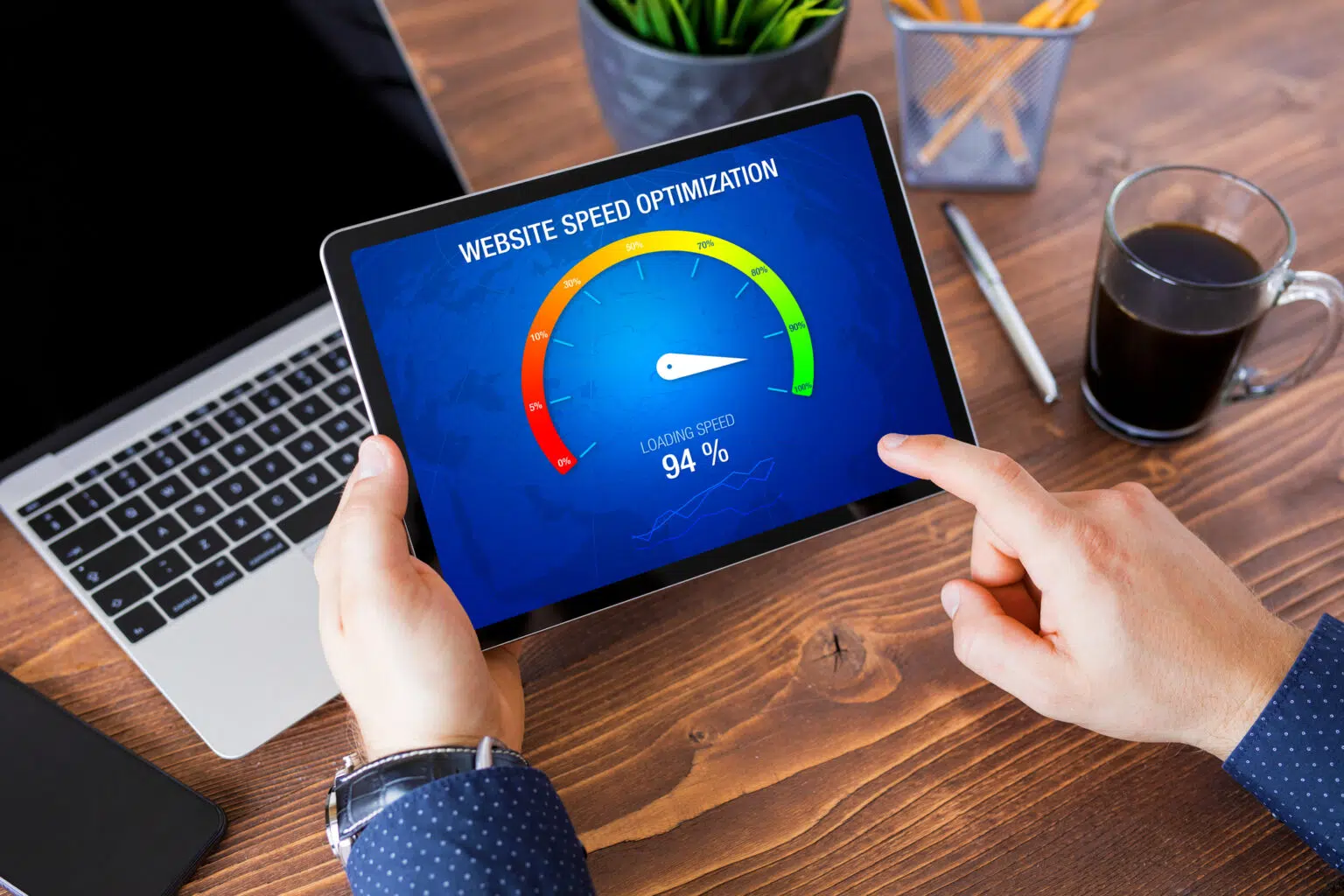Unveiling the Secrets of Ghosted Domains
Explore the intriguing world of expired domains and online opportunities.
Speeding Up Your Site: Because Patience is Overrated
Unlock lightning-fast loading times! Discover essential tips to turbocharge your site and leave patience in the dust.
Top 10 Techniques to Boost Your Website Speed
In today's digital landscape, website speed is crucial for user experience and SEO. Here are the top 10 techniques to enhance your site’s speed:
- Optimize Images: Compress images without losing quality to reduce load times.
- Minimize HTTP Requests: Limit the number of elements on your page to streamline loading.
- Enable Compression: Use Gzip or Brotli to compress files and improve transfer speeds.
- Leverage Browser Caching: Store static files in the browser for faster access on repeat visits.
- Reduce Server Response Time: Utilize a reliable hosting provider with optimal server performance.
- Implement a Content Delivery Network (CDN): Distribute your content across various servers to enhance access speeds.
- Minify CSS, JavaScript, and HTML: Remove unnecessary characters from your code to decrease file sizes.
- Use Asynchronous Loading: Make sure non-essential scripts load after the main content.
- Remove Unnecessary Plugins: Deactivate and delete plugins that slow down your site.
- Monitor and Test Regularly: Use tools to check your website speed and make adjustments as needed.

Understanding the Impact of Site Speed on User Experience
Site speed plays a crucial role in determining user experience on any website. With the rapid evolution of the internet and increasing user expectations, a fast-loading site is essential for keeping visitors engaged. Studies have shown that users tend to abandon a site if it takes more than three seconds to load, leading to a higher bounce rate. Consequently, optimizing your site for speed not only enhances user satisfaction but also improves overall conversion rates, which are vital for business growth.
The impact of site speed extends beyond just user engagement; it also influences search engine rankings. Google has consistently indicated that page speed is a ranking factor, meaning faster sites may earn better visibility in search results. This creates a domino effect, where improved site speed leads to higher traffic, and in turn, better user experience and conversions. To achieve optimal loading times, website owners should consider various strategies, such as compressing images, minimizing HTTP requests, and utilizing caching techniques, ensuring that speed remains a priority in their SEO efforts.
How to Use Tools to Measure and Improve Your Site's Performance
In today's digital landscape, it is crucial for website owners to measure and improve their site's performance. One of the best ways to achieve this is by utilizing various performance measurement tools. These tools can provide insights regarding loading speed, user experience, and overall site efficiency. Popular options include Google PageSpeed Insights, GTmetrix, and Pingdom. Each tool offers unique features that allow you to analyze your website's performance, identify bottlenecks, and offer actionable recommendations to enhance your site's functionality.
Once you've gathered your performance data, it's essential to implement the recommended changes to see significant improvements. Start by prioritizing the issues that have the most substantial impact on loading times, such as optimizing images, leveraging browser caching, and minifying CSS and JavaScript files. Additionally, consider conducting A/B tests to determine which changes yield the best results for your audience. As you monitor the performance over time, you can continue to fine-tune your site, ensuring a seamless user experience while also boosting your SEO rankings.